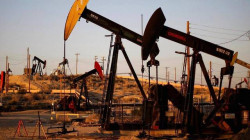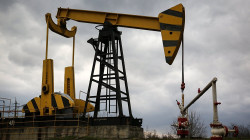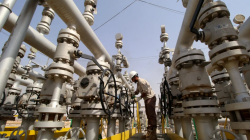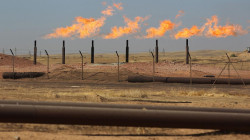Oil rebounds after Hamas leader killed in Iran, but China caps gains
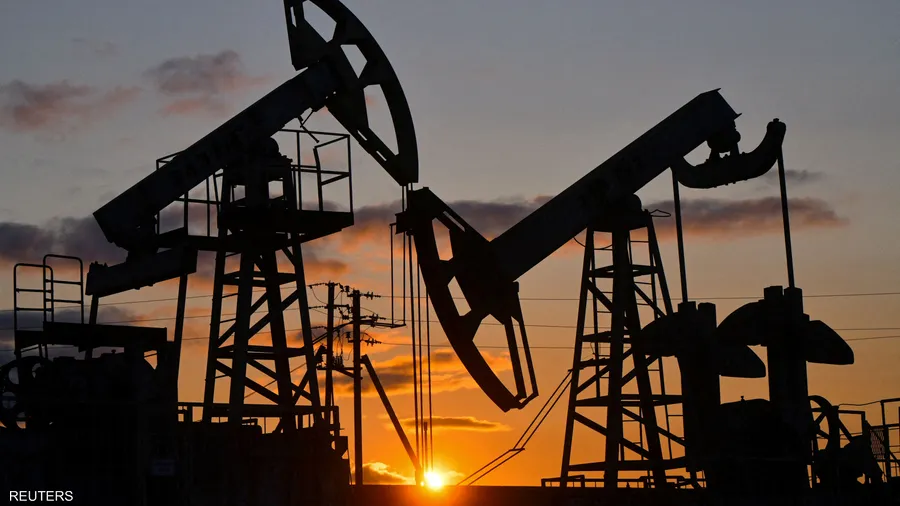
Shafaq News/ Oil prices rose nearly 3% on Wednesday, rebounding from seven-week lows after the killing of a Hamas leader in Iran ratcheted up tensions in the Middle East and a sharp drawdown in U.S. crude stockpiles.
Global benchmark Brent crude futures for September delivery rose $2.08, or 2.8%, to $80.71 a barrel by 1:31 p.m. EDT (1731 GMT) ahead of expiry on Wednesday, while the more active October contract was up $2.60 at $80.71.
U.S. West Texas Intermediate crude futures gained $3.02, or 4.04%, at $77.75 a barrel.
U.S. crude stocks decreased by 3.4 million barrels last week, government data showed, more than thrice analysts' expectations in a Reuters poll for a 1.1 million-drop. Stocks fell for a fifth straight week, the longest streak of drawdowns since January 2021.
"Robust exports have helped to offset lower refining activity and strong imports to encourage a fifth consecutive draw to crude inventories," said Matt Smith, lead oil analyst at Kpler, calling the report "modestly supportive" for oil prices.
"Geopolitical risk remains the key driver of today's rally," Smith said.
A day earlier, Brent and WTI both lost about 1.4%, closing at their lowest levels in seven weeks after falling last week on hopes of a Gaza ceasefire agreement that could ease Middle East tensions and accompanying supply concerns.
Tensions in the oil-producing region, however, have heated up once more overnight on news that Hamas leader Ismail Haniyeh was assassinated in Iran.
This came a day after the Israeli government claimed it killed Hezbollah's most senior commander in an airstrike on Beirut in retaliation for Saturday's rocket attack on Israel.
Separately, the United States also conducted a strike in Iraq in the latest conflict in the region.
"Overnight developments and elevated geopolitical risk merely provide temporary reprieve for oil benchmarks. Unless oil and gas infrastructure is hit, the latest spike is unlikely to last," said Gaurav Sharma, an independent oil analyst in London.
A 0.4% fall in the U.S. dollar index (.DXY), opens new tab also lent support to prices. A weaker dollar can boost demand for oil by making greenback-denominated commodities like oil cheaper for holders of other currencies.
Still limiting gains, however, were concerns about fuel demand in China, the world's largest crude oil importer.
China's manufacturing activity in July shrank for a third month, an official factory survey showed on Wednesday.
Ample spare production capacity held by OPEC members also weighed on prices.
Brent and WTI are on track in July to post their biggest monthly loss since October on expectations that OPEC+ will stick to their current deal on production and start unwinding some output cuts from October.
Top ministers from OPEC+, will hold an online joint ministerial monitoring committee meeting (JMMC) on Thursday.
(Reuters)
